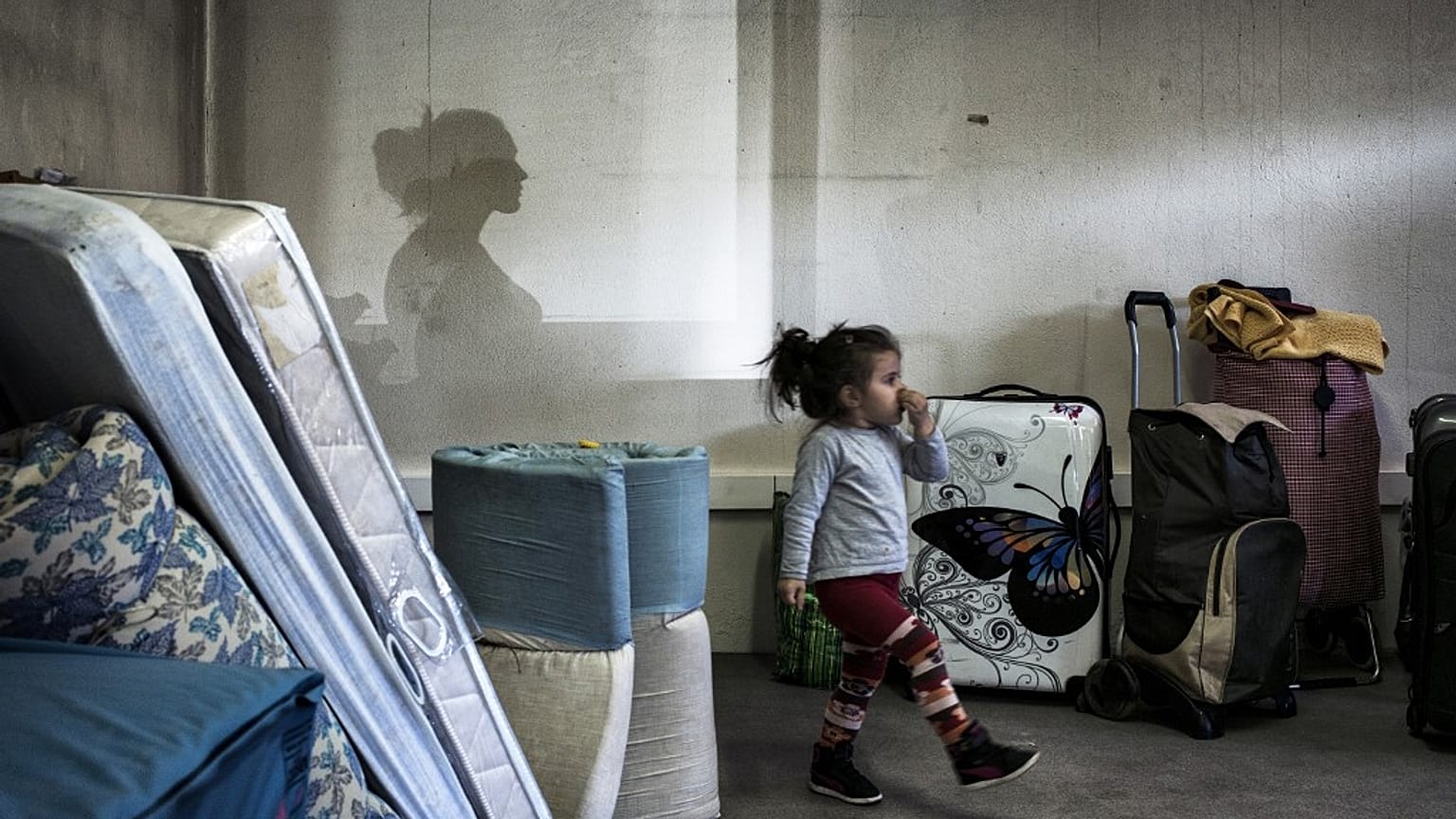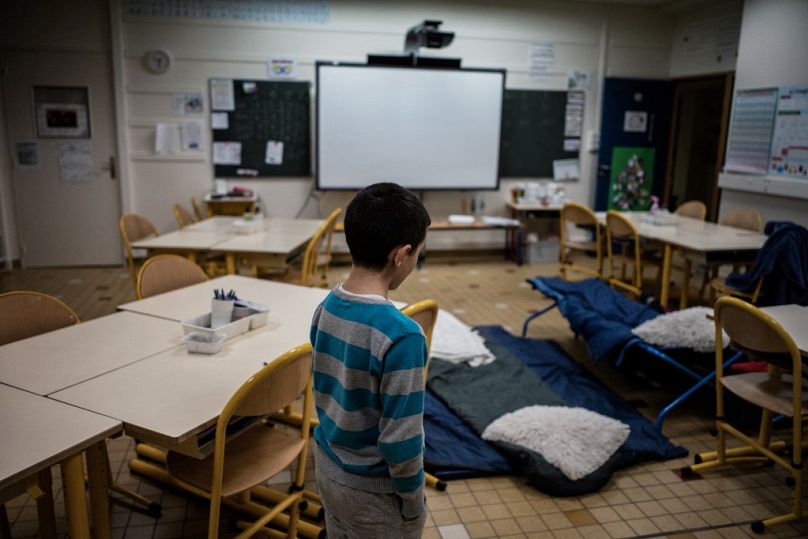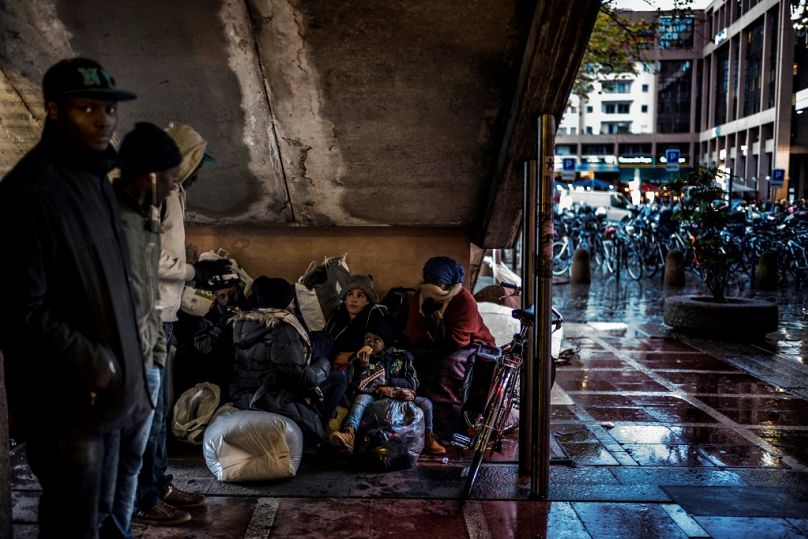The United Kingdom ranked almost last in the list of wealthy countries fighting child poverty, coming in just above Columbia and Turkey. Slovenia topped the rankings.
Some of the world’s richest countries experienced sharp rises in child poverty between 2014 and 2021, according to new data published by UNICEF.
The Child Poverty in the Midst of Wealth report card showed shocking results, with some of the richest world's countries such as the UK, Spain, and Luxembourg falling to the bottom of the charts.
On the other hand, poorer countries such as Poland and Slovenia are faring best in efforts to tackle child poverty, followed by Latvia and the Republic of Korea.
The study presents the most up-to-date, comparable picture of poverty affecting children in OECD and EU countries, and analyses governments’ income support policies for families with children.
It found that, despite overall decreases in poverty by nearly 8% across 40 countries between 2014 and 2021, there were still more than 69 million children living in households earning less than 60% of the average national income by the end of 2021.
“The impacts of poverty on children are both persistent and damaging,” said Director of UNICEF Innocenti Bo Viktor Nylund.
“For most children this means that they may grow up without enough nutritious food, clothes, school supplies, or a warm place to call home. It prevents the fulfilment of rights and can lead to poor physical and mental health.”
The consequences of poverty can last a lifetime. Children who experience poverty have less chance of completing school and earn lower wages as adults. In some countries, a person born in a deprived area is likely to live eight to nine years less than a person born in a wealthy area, according to the report.
The report also highlights huge inequalities in poverty risks. Across 38 countries with available data, children living in a lone-parent family are over three times as likely to be living in poverty as other children. Children with disabilities and from minority ethnic/racial backgrounds are also at higher-than-average risk.
Wealth does not dictate child's living condition
According to the findings, 2012 to 2019 saw stable economic growth among this group of countries, presenting an opportunity to recover from the impacts of the 2008-10 recession.
However, while a number of countries reduced child poverty during this time, some of the wealthiest countries saw the biggest backward slides. The report also shows that countries with similar levels of national income, such as Slovenia and Spain, have stark differences in their child poverty rates - 10% and 28% respectively.
Children’s living conditions can be improved regardless of a country’s wealth, the report notes.
For example, Poland, Slovenia, Latvia, and Lithuania – not among the richest OECD and EU countries – have achieved important reductions in child poverty, falling by 38% in Poland and 31% in the other countries.
Meanwhile, five higher-income countries – the United Kingdom (+20%) and France, Iceland, Norway, and Switzerland (all around +10%) – saw the greatest increases in the number of children living in households experiencing financial hardship since 2014.
How to solve the problem
To eradicate child poverty, the Report Card calls on governments and stakeholders to urgently:
Expand social protection for children, including child and family benefits to supplement families’ household income.
Ensure all children have access to quality basic services, like childcare and free education, that are essential to their well-being.
Create employment opportunities with adequate pay and family-friendly policies, such as paid parental leave, to support parents and caregivers in balancing work and care responsibilities.
Ensure that there are measures adapted to the specific needs of minority groups and single-headed households, to facilitate access to social protection, key services, and decent work, and reduce inequalities.
The report states that a lot can be learnt from the success of different countries.
"How we use this learning will determine how effectively we can ensure children’s well-being today and in the future,” concluded Bo Viktor Nylund.

















